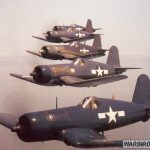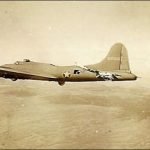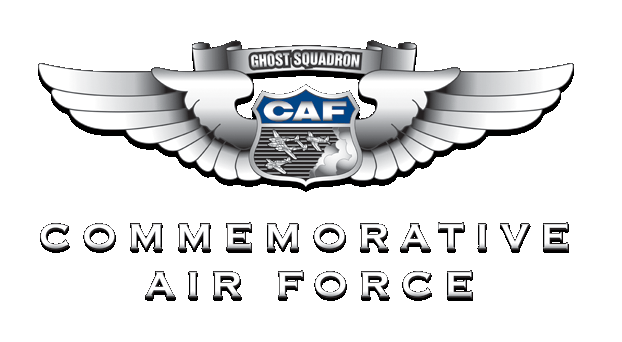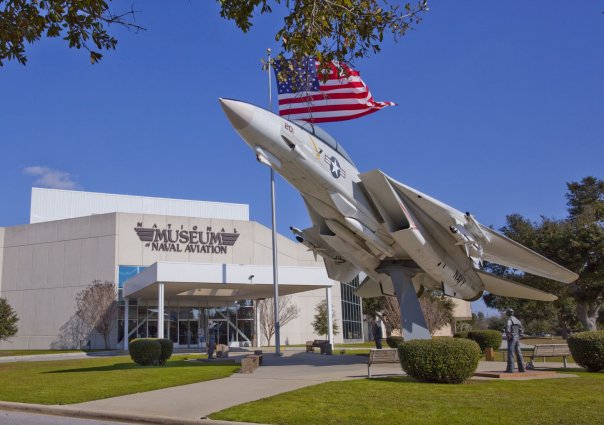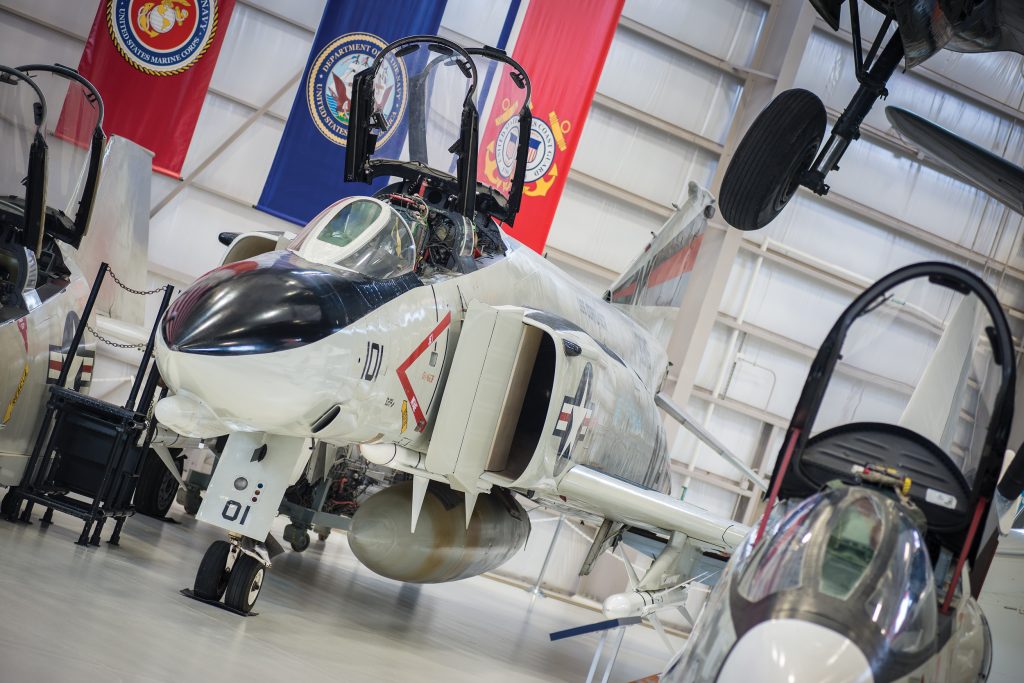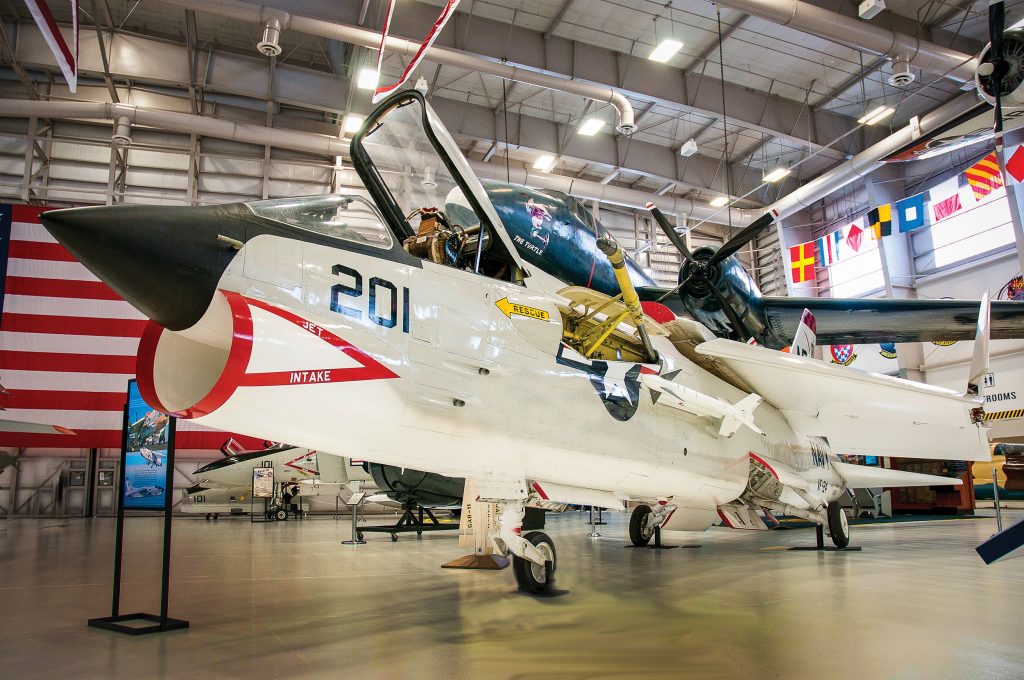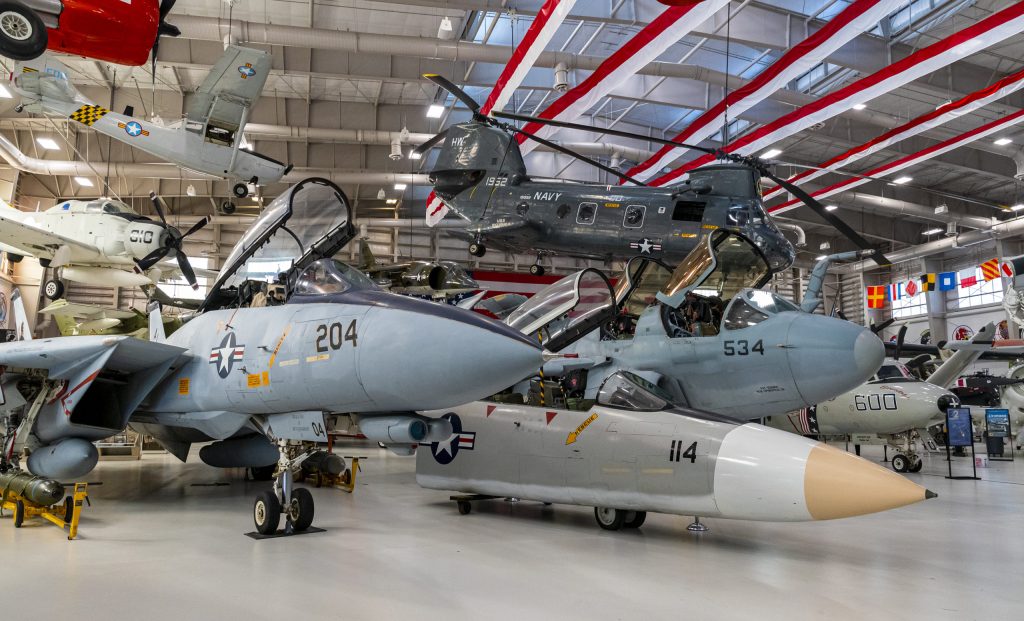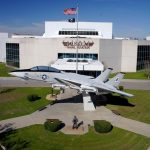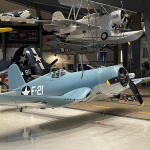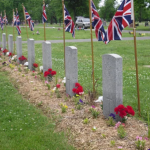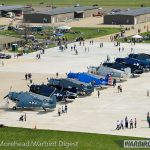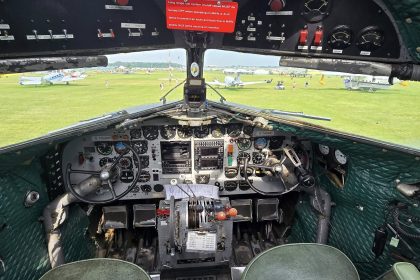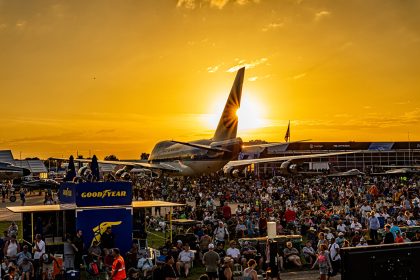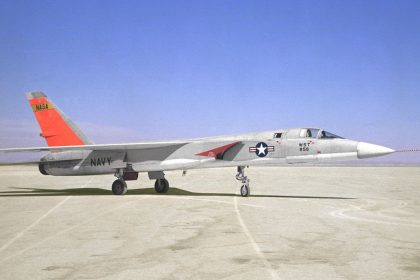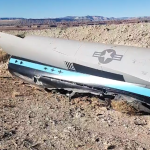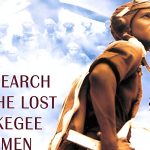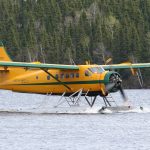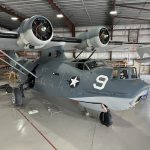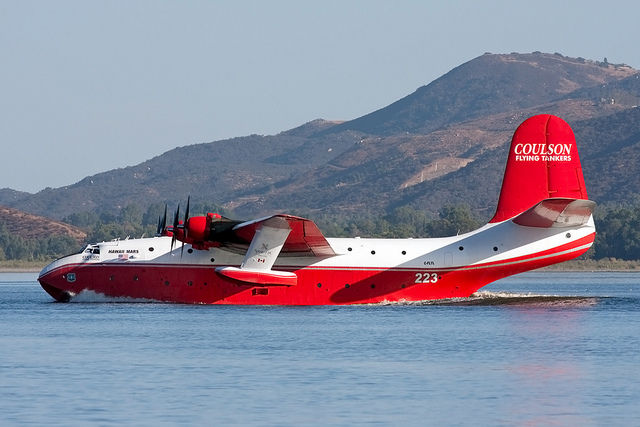The National Naval Aviation Museum in Pensacola, Florida, stands as a premier institution dedicated to preserving the history and legacy of U.S. Naval Aviation. Established in 1962 through the vision of Rear Admiral Magruder H. Tuttle, the museum began as a modest collection in a World War II-era building before expanding into a world-class facility with over 350,000 square feet of exhibit space. We had the opportunity to sit down with the museum’s Deputy Director, Hill Goodspeed, who gave us this exclusive interview.
Hill Goodspeed has been the historian at the National Naval Aviation Museum for more than 25 years. The author or editor of five books, he is the recipient of the Admiral Arthur W. Radford Award for Excellence in Naval Aviation History and Literature, as well as the Freedom Foundation Meritorious Award for Public Communications.
The museum’s origins trace back to 1955, when Captain Magruder H. Tuttle, then serving as Chief of Staff to the Naval Air Basic Training Command, envisioned a way to instill a sense of pride in young naval aviators by showcasing the history and achievements of Naval Aviation. Alongside Captain Bernard M. “Smoke” Strean, Tuttle proposed creating a small museum to commemorate aviation milestones. However, bureaucratic challenges and budget constraints initially stalled the project. When Tuttle returned to Pensacola as a rear admiral, he revived his vision, securing official approval from the Secretary of the Navy in 1962, and the museum was formally established.
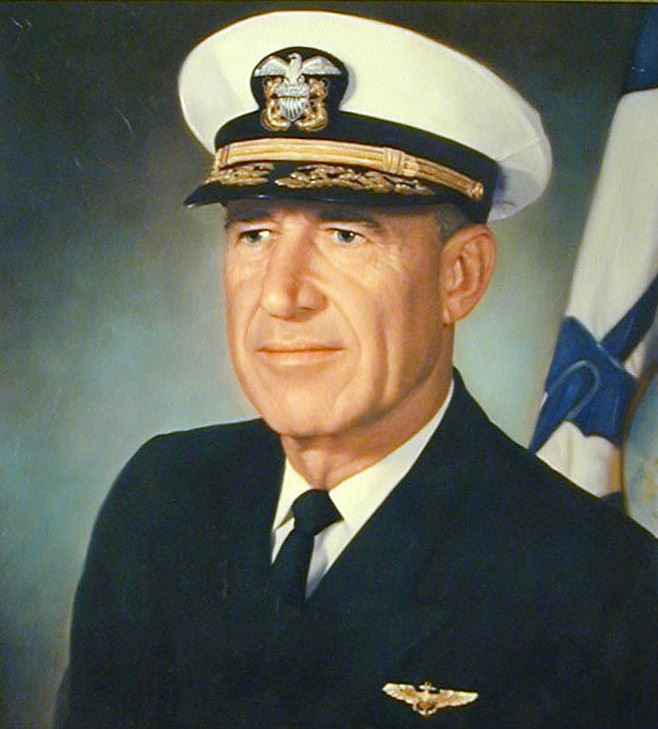
On June 8, 1963, the Naval Aviation Museum officially opened in a renovated World War II-era wooden building, covering 8,500 square feet. The museum’s first director, Captain James McCurtain, displayed eight aircraft, rotating them with others stored across the naval air station. However, the growing collection quickly outpaced the available space, prompting discussions of expansion. In 1966, the Naval Aviation Museum Association was formed as a private fundraising entity, allowing the museum to raise funds independent of government restrictions. Under the leadership of Admiral Arthur W. Radford, the foundation secured financial backing, leading to a series of expansions.
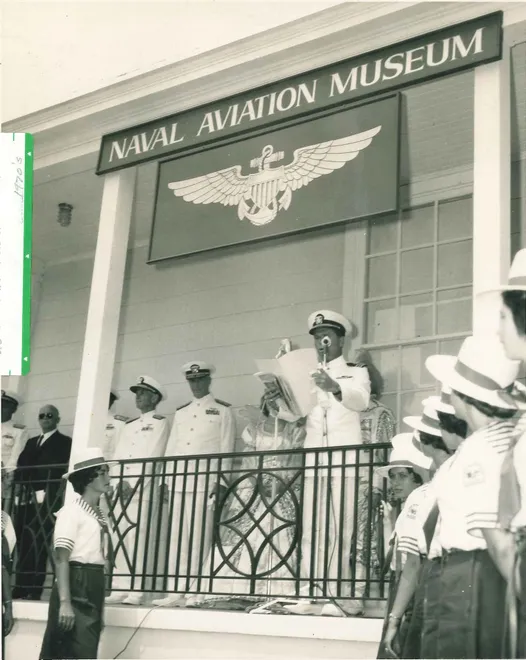
The museum saw its first major expansion in 1975, when a 68,000-square-foot, column-free structure was built, vastly improving display capacity. In 1980, additional sections were added to the original structure, increasing the total space to 110,000 square feet. Another major addition came in 1990, when a second octagonal module was constructed and connected by the 75-foot-high Blue Angel Atrium, bringing the total exhibit space to 250,000 square feet at a cost of $10.5 million. Further expansions followed in 1994, when a new entrance hall, the Naval Aviation Memorial Giant Screen Theatre, and the Spirit of Naval Aviation Monument were introduced. In 2011, the museum opened Hangar Bay One, adding 55,000 square feet of exhibit space dedicated to aircraft from the post-World War II era. This addition allowed for the display of historically significant aircraft, including the R4D-5L Skytrain (Que Sera Sera), the first aircraft to land at the South Pole, and the P2V-1 Neptune (Truculent Turtle), famous for setting a long-distance flight record.

As the museum expanded physically, its collections and exhibits grew significantly. The museum became active in the recovery and restoration of historic aircraft, pulling rare warbirds from Lake Michigan and the Pacific Ocean, including the only surviving Vought SB2U Vindicator and a Battle of Midway SBD-2 Dauntless. Immersive exhibits such as Home Front USA, Pacific Air Base, and The Hangar Bay bring history to life, allowing visitors to step into recreated settings from World War II. In 1992, the museum opened the Emil Buehler Naval Aviation Library, which houses an extensive collection of more than 7,000 volumes, 350,000 photographs, and numerous letters, manuscripts, and technical manuals.
Beyond historical preservation, education remains a core mission of the museum. The National Flight Academy (NFA), launched in 2012, provides a STEM-based learning experience for students in grades 7-12, immersing them in aviation-related science and engineering. Set aboard a landlocked, virtual aircraft carrier, the NFA offers a week-long interactive program that teaches aerospace principles, leadership skills, and teamwork in a high-tech, engaging environment. Additionally, the museum hosts an annual symposium featuring astronauts, Medal of Honor recipients, and naval aviation pioneers, fostering discussion on aviation history and advancements. Notable past guests have included Neil Armstrong, Jim Lovell, Eugene Cernan, and President George H.W. Bush.

Today, the National Naval Aviation Museum is one of Florida’s top attractions, drawing visitors from around the world. With a collection of more than 150 historic aircraft, ranging from early biplanes to modern jet fighters, the museum offers a comprehensive look at the evolution of naval aviation. Through dynamic exhibits, educational initiatives, and research efforts, it continues to honor the legacy of Naval Aviation, ensuring that the history and heroism of the men and women who have served are preserved and celebrated for future generations. For more information, visit www.navalaviationmuseum.org.




